Home>Furniture>Bedroom Furniture>What Are Bed Sheets
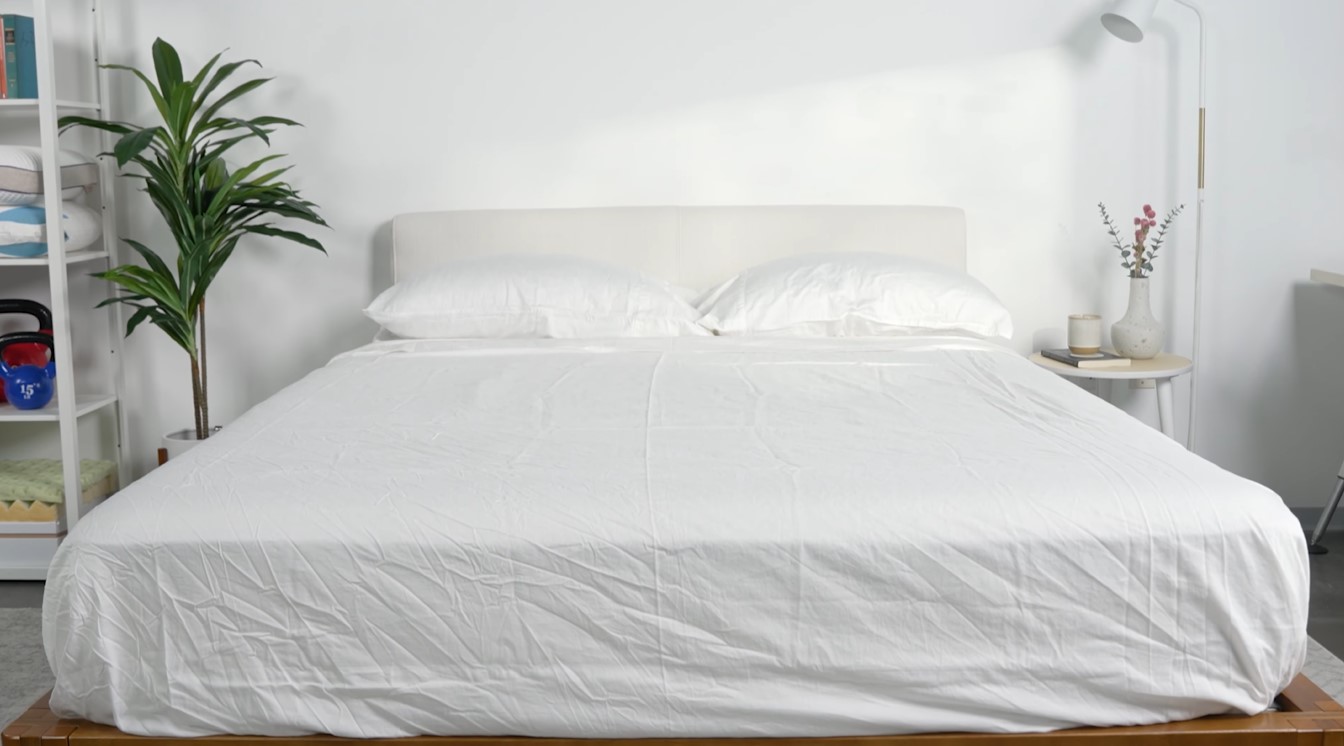

Bedroom Furniture
What Are Bed Sheets
Modified: January 19, 2024
Discover the best bed sheets for your bedroom furniture. Find high-quality and stylish options to enhance your sleep experience and complement your décor.
(Many of the links in this article redirect to a specific reviewed product. Your purchase of these products through affiliate links helps to generate commission for Storables.com, at no extra cost. Learn more)
Introduction
When it comes to creating a comfortable and cozy bedroom, bed sheets play a crucial role. Not only do they provide a soft and inviting surface to sleep on, but they also add a touch of style and personality to your space. With countless options available in the market, choosing the right bed sheets can be overwhelming. From different types of materials to various thread counts and sizes, it’s essential to understand the basics before making a purchase.
In this article, we’ll explore the world of bed sheets, discussing the different types, thread count considerations, bed sheet sizes, weave options, and essential care instructions. By the end, you’ll have a comprehensive understanding of what to look for when shopping for bed sheets and how to maintain them for long-lasting comfort.
So, let’s dive in and discover the wonderful world of bed sheets!
Key Takeaways:
- Choose bed sheets based on fabric type, thread count, size, and weave to create a personalized and comfortable sleep oasis that suits your preferences and needs.
- Proper care and maintenance of bed sheets are essential for longevity and freshness, ensuring clean, comfortable, and inviting bedding for a restful night’s sleep.
Read more: What Are The Softest Bed Sheets
Types of Bed Sheets
When it comes to choosing bed sheets, one of the first considerations is the type of fabric. Each fabric has its own unique qualities and characteristics that determine its feel, durability, and overall comfort. Let’s explore some of the most popular types of bed sheets:
- Cotton Bed Sheets: Cotton is a widely favored material for bed sheets due to its breathability and softness. It is naturally hypoallergenic and can provide a cool and comfortable sleep experience. Cotton bed sheets come in various forms, such as Egyptian cotton, Supima cotton, and Pima cotton, each offering its own level of quality and luxury.
- Flannel Bed Sheets: Flannel bed sheets are perfect for those chilly winter nights. Made from brushed cotton or wool, these sheets have a fuzzy texture that provides extra warmth and coziness. They are great for cold climates or individuals who prefer a softer, snuggly feel.
- Silk Bed Sheets: Silk bed sheets are known for their luxurious and smooth texture. They are incredibly soft and gentle on the skin, making them a popular choice for those seeking a touch of elegance in their bedroom. Silk bed sheets also possess natural temperature-regulating properties, keeping you cool in the summer and warm in the winter.
- Microfiber Bed Sheets: Microfiber bed sheets are made from synthetic fibers, typically polyester. These sheets are known for their durability and affordability. They are easy to care for and resistant to wrinkles and fading. Microfiber bed sheets are a practical option for those seeking low-maintenance bedding.
- Linen Bed Sheets: Linen bed sheets offer a relaxed and casual vibe to any bedroom. Made from the fibers of the flax plant, linen is highly breathable and has excellent moisture-wicking properties. Linen bed sheets are perfect for those who prefer a slightly textured feel and appreciate the natural and earthy aesthetic.
When choosing the right type of bed sheet material for your needs, consider factors such as personal preference, climate, and desired level of comfort. Each fabric has its own set of advantages, so take the time to explore and find the one that suits you best!
Thread Count
When shopping for bed sheets, you may come across the term “thread count.” Thread count refers to the number of threads woven per square inch of fabric. It’s often used as an indicator of the quality and softness of the sheets. Let’s delve into the definition of thread count and understand its importance when it comes to choosing bed sheets.
Definition of Thread Count: Thread count is calculated by adding the number of horizontal threads (called weft) and vertical threads (called warp) in one square inch of fabric. For example, a 200 thread count means there are 100 warp threads and 100 weft threads per square inch.
Importance of Thread Count in Bed Sheets: The thread count of bed sheets can have an impact on their softness, durability, and overall quality. However, it’s essential to note that a higher thread count doesn’t always guarantee better quality. While a higher thread count can contribute to a smoother and more lustrous feel, other factors such as the type of fabric and weave also play a significant role in determining the overall comfort.
When considering thread count, keep in mind that excessively high thread counts (above 800) may be misleading. Some manufacturers achieve high thread counts by using multiple-ply yarns, which can compromise the breathability and natural feel of the sheets.
Ultimately, when choosing bed sheets, it’s crucial to strike a balance between thread count and fabric quality. Look for sheets with a thread count between 200 and 800 that are made from high-quality materials such as Egyptian cotton or Supima cotton. These sheets offer a good combination of softness, breathability, and durability.
Remember, thread count is just one aspect to consider when selecting bed sheets. It’s equally important to pay attention to the type of fabric, weave, and other personal preferences to ensure a comfortable and restful night’s sleep.
Bed Sheet Sizes
When it comes to bed sheets, finding the right size is essential for a snug and well-fitted look on your mattress. Bed sheet sizes can vary depending on the country and the specific dimensions of your bed. Here are some commonly available bed sheet sizes to help you find the perfect fit:
- Twin Size: Twin size bed sheets are designed to fit a standard twin mattress, measuring approximately 39 inches wide and 75 inches long. They are commonly used for single sleepers or children’s beds.
- Full Size: Full-size bed sheets, also known as double-size sheets, are designed for mattresses measuring approximately 54 inches wide and 75 inches long. They provide additional width compared to twin size sheets and are ideal for teenagers or single adults who prefer extra room.
- Queen Size: Queen size bed sheets are the most popular option for average-sized adult bedrooms. They are designed for mattresses measuring approximately 60 inches wide and 80 inches long. Queen size beds offer ample space for couples or individuals who prefer a more spacious sleeping area.
- King Size: King size bed sheets are larger than queen size sheets and are designed for mattresses measuring approximately 76 inches wide and 80 inches long. King size beds provide maximum comfort and space for couples who want extra room to stretch out.
- California King Size: California king size bed sheets are designed specifically for California king mattresses, which are longer and narrower than standard king mattresses. They measure approximately 72 inches wide and 84 inches long. California king beds are favored by individuals who prefer additional length.
Note that these are general guidelines, and it’s always recommended to check the specific measurements of your mattress before purchasing bed sheets. It’s also important to consider the depth of your mattress, as some sheets may have extra deep pockets to accommodate thicker mattresses.
Having the right size bed sheets can ensure a neat and snug fit, promoting better sleep and enhancing the overall aesthetics of your bedroom.
When shopping for bed sheets, consider the thread count, material (cotton, linen, etc.), and weave (sateen, percale) for the level of softness and breathability you prefer.
Bed Sheet Weave
The weave of a bed sheet refers to the way the fabric is constructed, resulting in different textures, finishes, and characteristics. The weave not only affects the overall feel of the sheets but also impacts factors such as breathability, durability, and wrinkle resistance. Let’s explore some commonly available bed sheet weaves:
- Percale Weave: Percale weave is a popular choice for bed sheets due to its crisp and cool feel. It is characterized by a simple, one-under-one-over pattern, resulting in a tight, matte finish. Percale sheets are breathable, lightweight, and perfect for warmer climates or individuals who prefer a crisp, hotel-like feel to their bedding.
- Sateen Weave: Sateen weave produces a lustrous and silky smooth finish to the fabric. The weave structure has multiple threads floating over a single thread, creating a luxurious and slightly glossy appearance. Sateen sheets are known for their softness and drape, making them exceptionally comfortable to sleep on. However, they may be less breathable than percale sheets and are more prone to wrinkling.
- Jersey Weave: Jersey weave is commonly used in bed sheets made from cotton or cotton-blend fabrics. It is characterized by a knit construction that is similar to a T-shirt fabric, resulting in a stretchy and relaxed feel. Jersey sheets are incredibly soft, cozy, and offer excellent breathability. They are perfect for those seeking a casual and comfortable bedding option.
- Twill Weave: Twill weave is recognized by its diagonal pattern, created through the interlacing of warp and weft threads. Twill sheets are durable and have a luxurious feel. They are less prone to wrinkling and have a characteristic drape and sheen. Twill weave is often used in high-quality bed sheets and can provide a sophisticated and elegant look to the bedding ensemble.
Each weave offers its own unique set of characteristics, so it’s essential to consider your personal preferences and needs when selecting bed sheets. Whether you prefer a crisp and cool feel, a silky smooth texture, a stretchy and relaxed fabric, or a luxurious drape, there’s a weave out there that will suit your preferences.
Remember to take into account factors such as climate, comfort, and desired aesthetic to find the perfect bed sheet weave for your bedroom.
Read more: What Setting To Wash Bed Sheets
Bed Sheet Care
Proper care and maintenance of bed sheets not only help them stay clean and fresh but also extend their lifespan. Here are some essential tips for taking care of your bed sheets:
- Washing and Drying Instructions: It’s important to follow the manufacturer’s instructions, as different fabrics and colors may have specific care requirements. In general, most bed sheets can be machine washed with warm water and a gentle cycle. Use a mild detergent and avoid using bleach, as it can weaken the fibers. To preserve the quality of the fabric, separate your bed sheets from other laundry items that may cause abrasion. After washing, tumble dry on low heat or line dry in the shade to prevent shrinking or damage to the fabric.
- Ironing Tips: If you prefer crisp and wrinkle-free bed sheets, ironing may be necessary. Before ironing, check the care instructions to ensure the fabric can withstand heat. Use a low to medium heat setting and iron the sheets while they are slightly damp to reduce creases. Start ironing from the center and work your way out to avoid stretching or distorting the fabric. If you prefer a more relaxed look, you can skip the ironing step and opt for a quick shake and smooth after drying.
- Storing Bed Sheets: When not in use, it’s important to store your bed sheets properly to maintain their freshness and prevent them from getting damaged. Fold them neatly and store them in a cool, dry place away from direct sunlight. Consider using storage bags or containers to protect them from dust and pests. To keep your linen closet organized, consider labeling each set of bed sheets, including the bed size and any distinguishing features such as patterns or colors.
Regular care and maintenance will keep your bed sheets looking and feeling their best. It’s recommended to wash bed sheets at least once a week to remove dirt, oils, and sweat. However, if you have allergies or prefer a crisp feeling, more frequent washing may be necessary. By following these care instructions, you can enjoy clean, fresh, and comfortable bed sheets for a long time.
Conclusion
Choosing the right bed sheets can greatly enhance your sleep experience and add a touch of comfort and style to your bedroom. By understanding the different types of bed sheets, considering thread count, selecting the appropriate size, and exploring various weaves, you can find the perfect bedding that suits your preferences and needs.
Cotton bed sheets offer breathability and softness, while flannel sheets provide extra warmth during colder months. Silk sheets bring a luxurious feel, microfiber sheets offer durability and affordability, and linen sheets add a relaxed and natural vibe to your space.
Thread count plays a role in determining the softness and quality of bed sheets, but remember to consider other factors like fabric type and weave for a comprehensive evaluation. Bed sheet sizes range from twin to California king, ensuring the right fit for your mattress dimensions.
The weave of bed sheets contributes to their texture and characteristics. Percale weave offers a crisp and cool feel, sateen weave provides a silky smooth finish, jersey weave creates a stretchy and cozy fabric, and twill weave adds durability and elegance to your bedding ensemble.
Proper care and maintenance of bed sheets are essential for their longevity and freshness. Follow the washing and drying instructions provided by the manufacturer, iron if desired, and store them in a cool and dry place to prevent damage and maintain their quality.
In conclusion, bed sheets are not just a simple functional element but also a personalized and essential part of creating a comfortable and inviting sleep oasis. By understanding the different types, sizes, weaves, and care instructions, you can make informed decisions to ensure a restful and stylish bedroom experience.
So, invest a little time in selecting the right bed sheets, and you’ll be rewarded with a cozy and inviting space where you can relax and enjoy a good night’s sleep.
Frequently Asked Questions about What Are Bed Sheets
Was this page helpful?
At Storables.com, we guarantee accurate and reliable information. Our content, validated by Expert Board Contributors, is crafted following stringent Editorial Policies. We're committed to providing you with well-researched, expert-backed insights for all your informational needs.
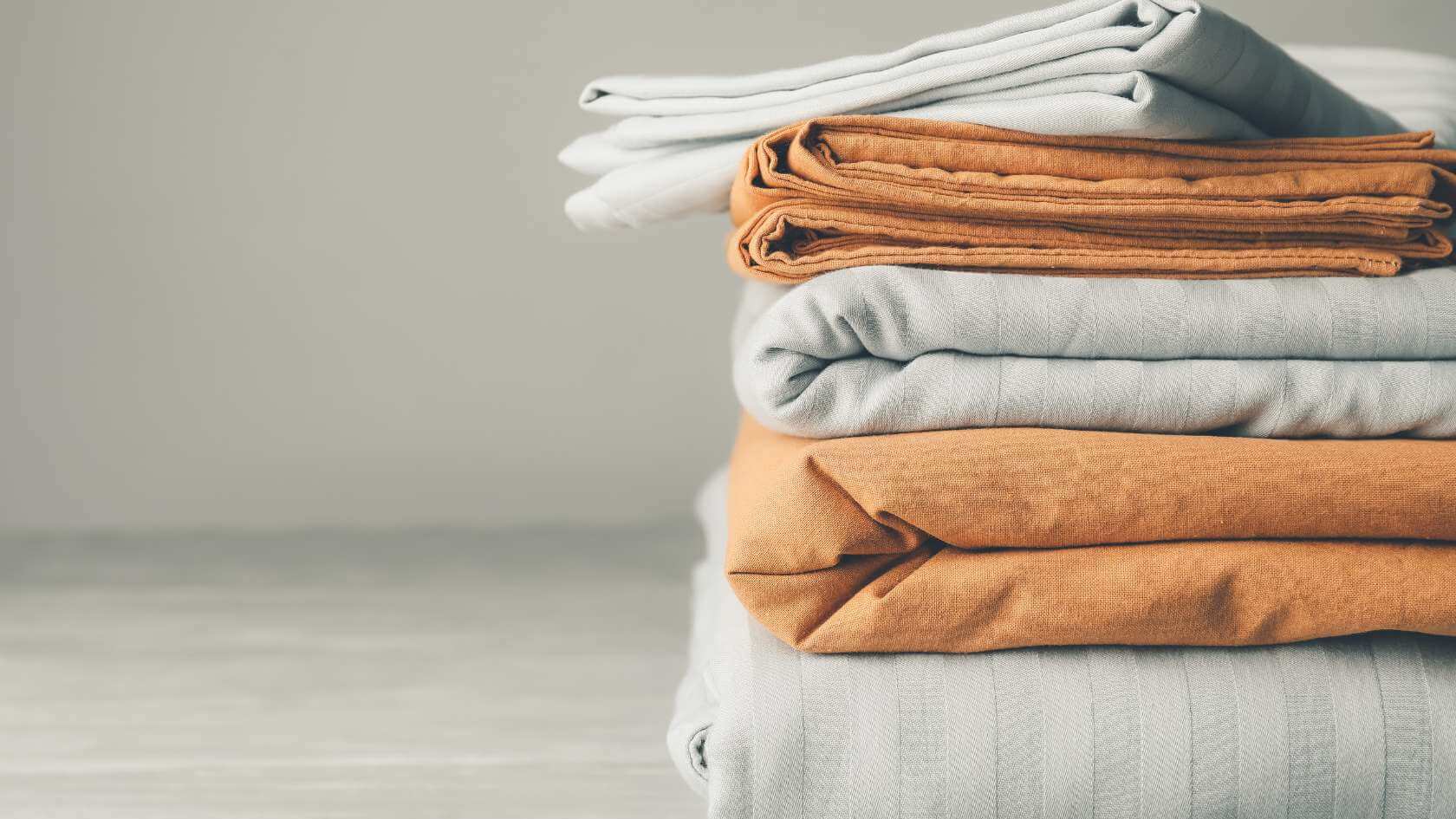

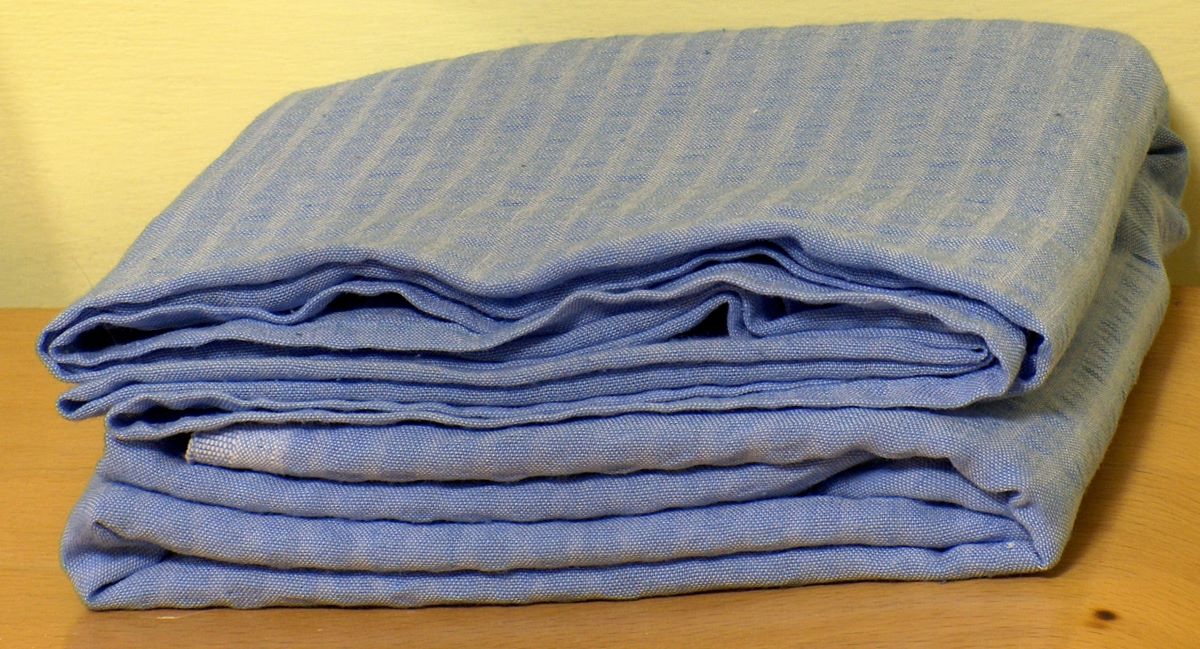
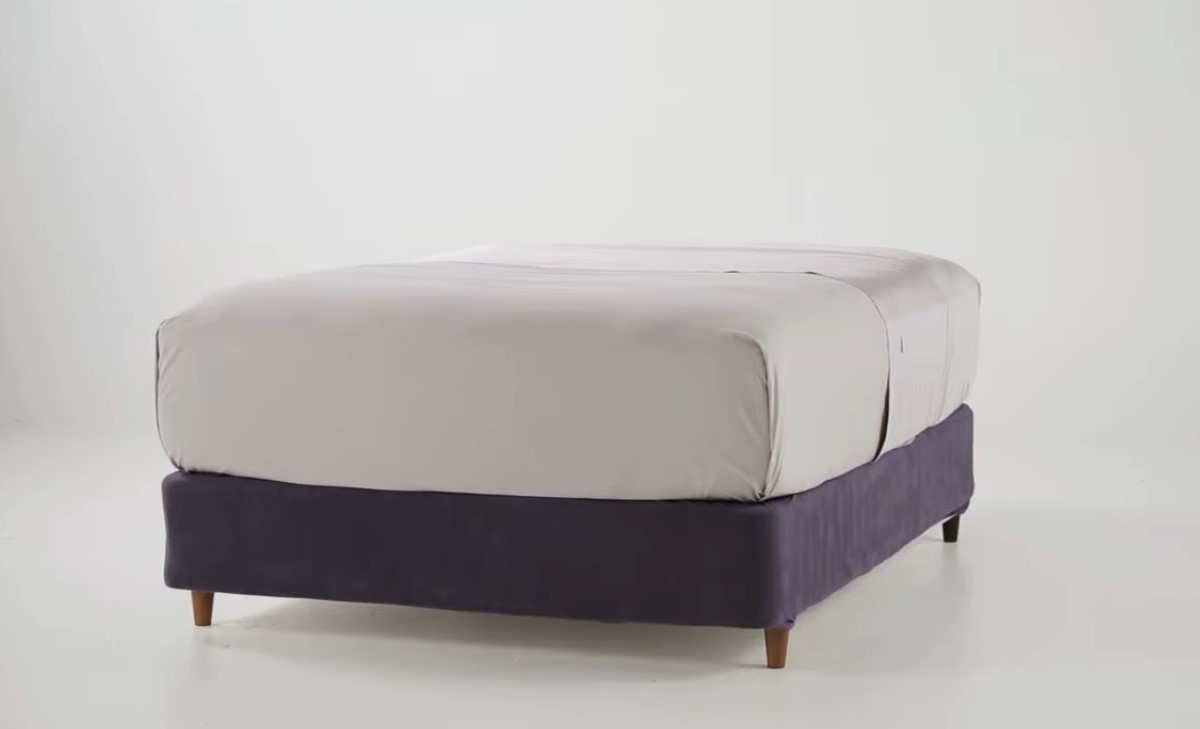
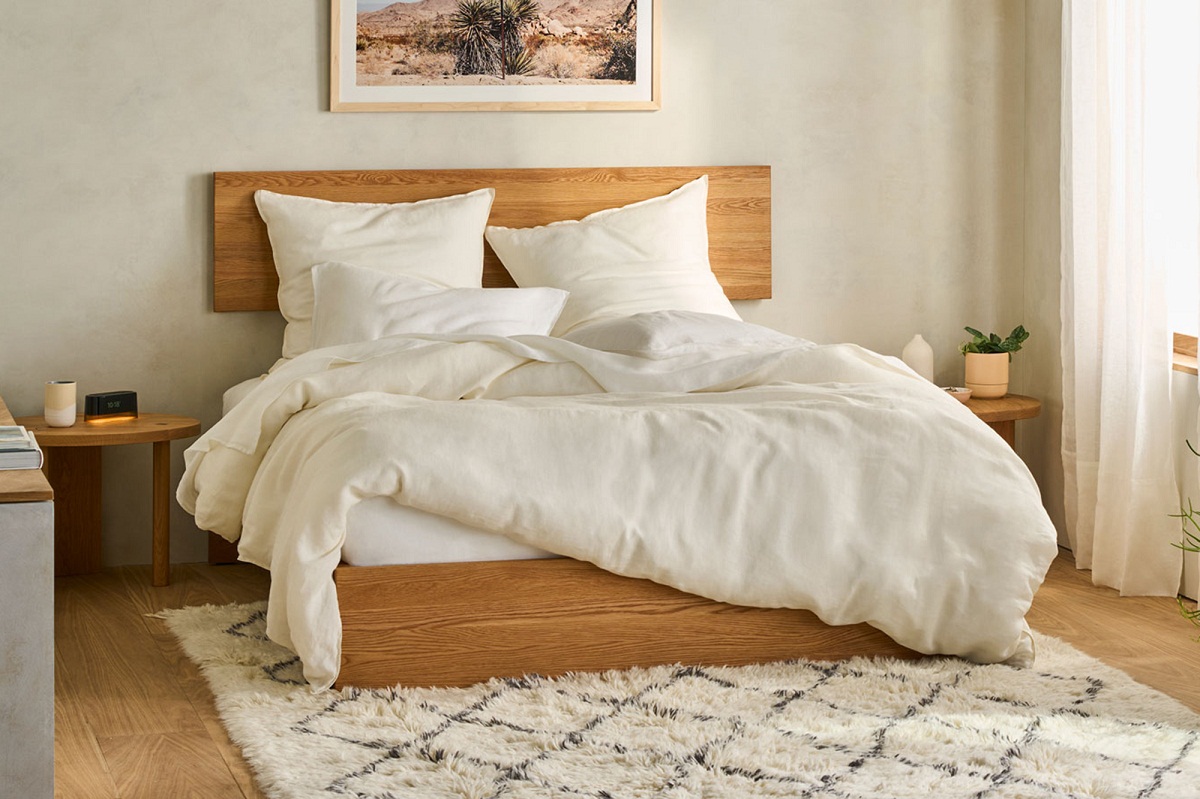
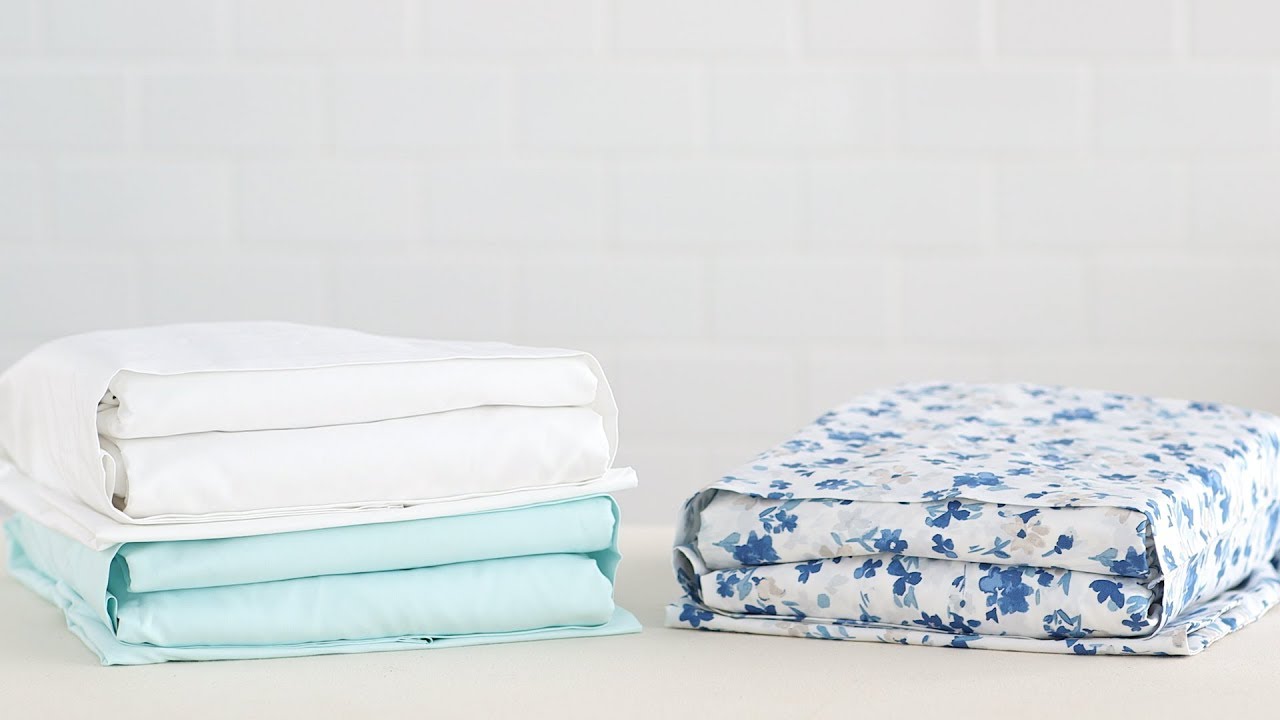
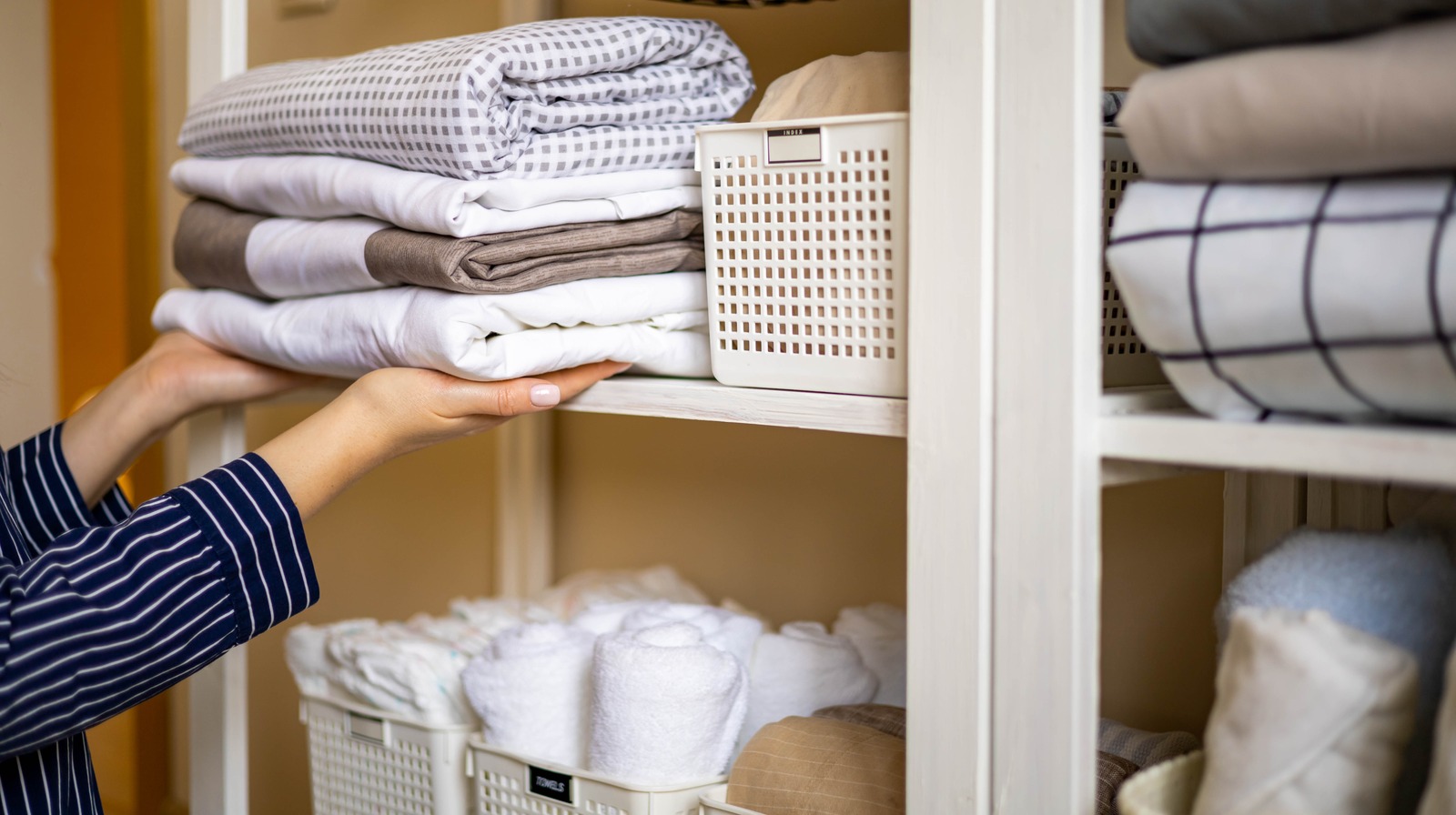
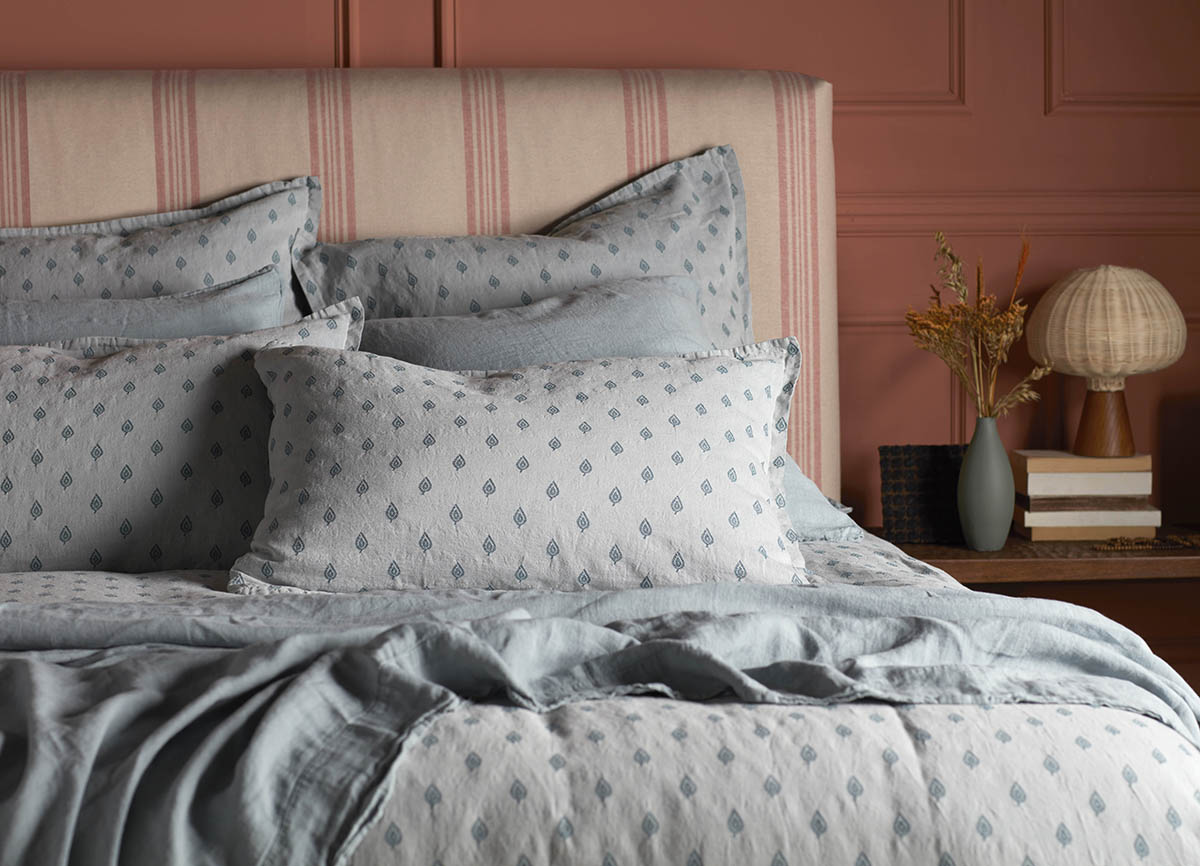
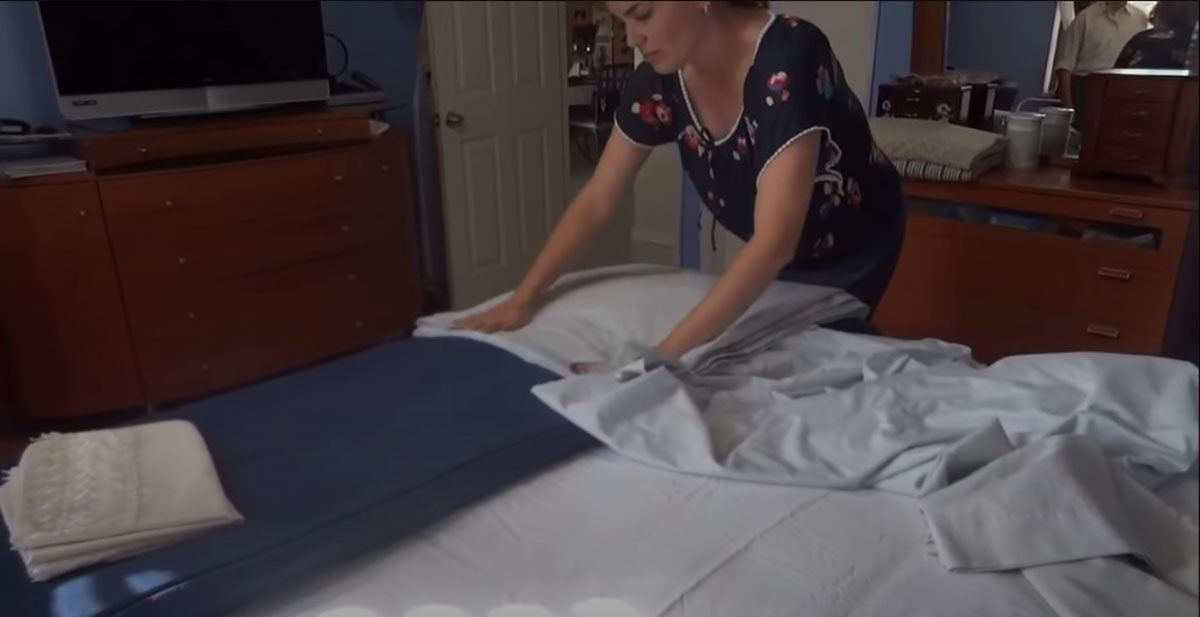
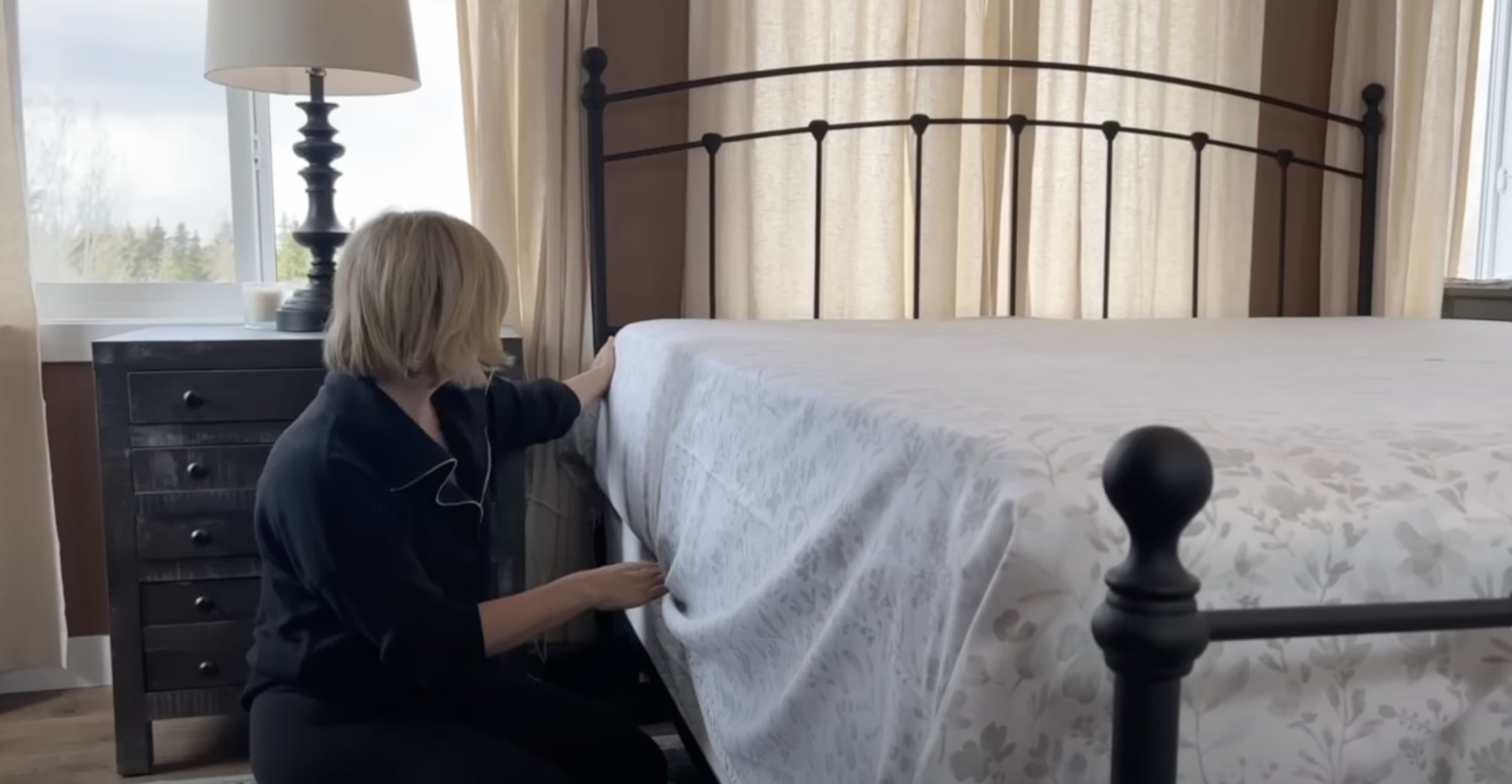
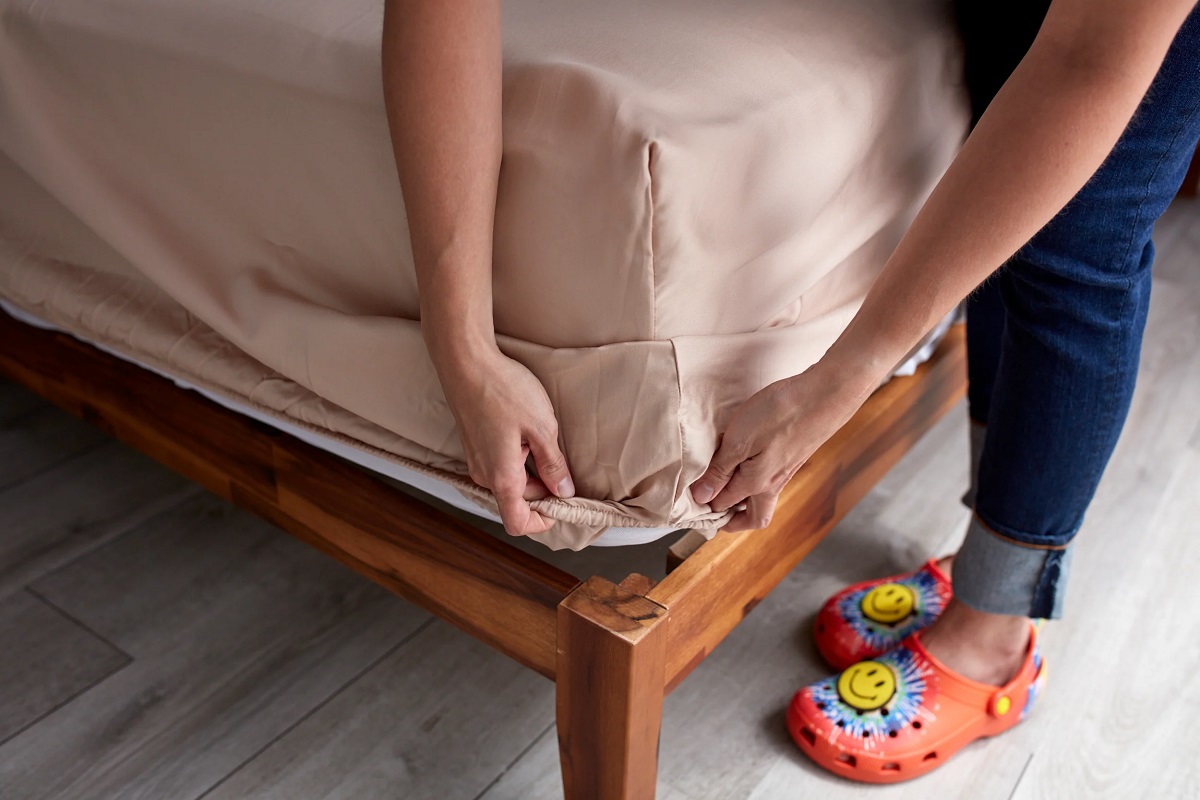
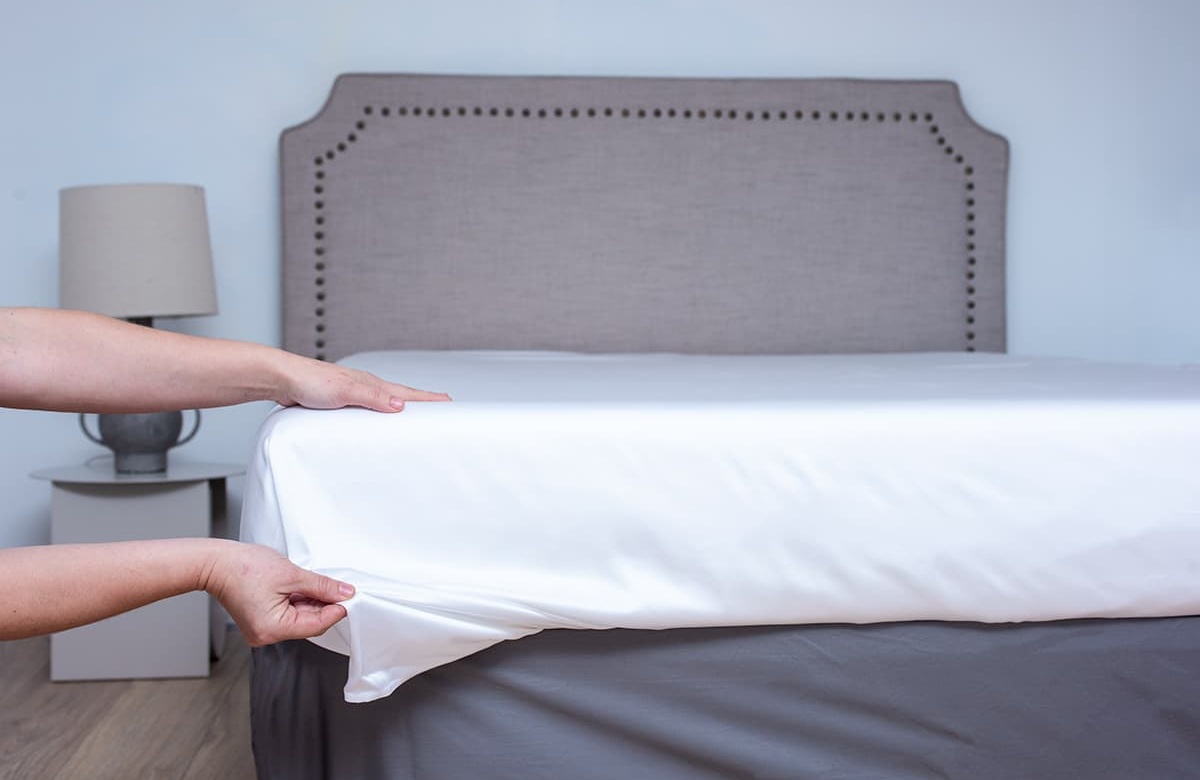



0 thoughts on “What Are Bed Sheets”